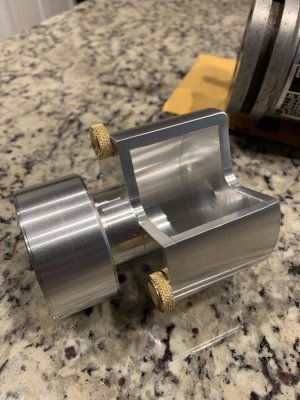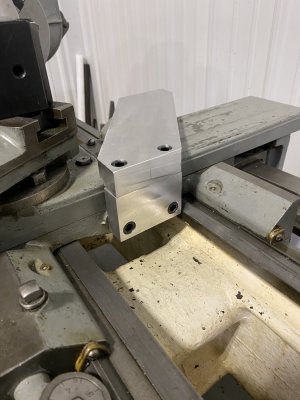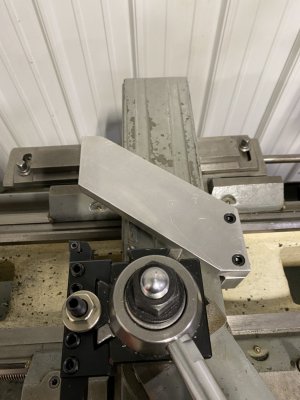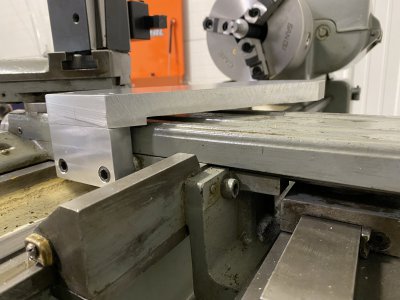I recently purchased a Dumore Series 11 tool post grinder for use with my South Bend 9" lathe. The grinder was a very good price and is in excellent shape. All the bearings are very quiet and the brushes look like the motor was not used much at all.
But, the grinder did not come with a wheel guard or the small chuck for internal grinding.
I downloaded the manual that was available in the downloads section and upon reviewing it there is no listing for a wheel guard which seems odd.
Can anyone with a Series 11 grinder confirm that this model did not come with a wheel guard or if it did, can you tell me what the part number is?
I do have an email into Dumore but have not heard back as of yet.
Thanks, Dan
But, the grinder did not come with a wheel guard or the small chuck for internal grinding.
I downloaded the manual that was available in the downloads section and upon reviewing it there is no listing for a wheel guard which seems odd.
Can anyone with a Series 11 grinder confirm that this model did not come with a wheel guard or if it did, can you tell me what the part number is?
I do have an email into Dumore but have not heard back as of yet.
Thanks, Dan





